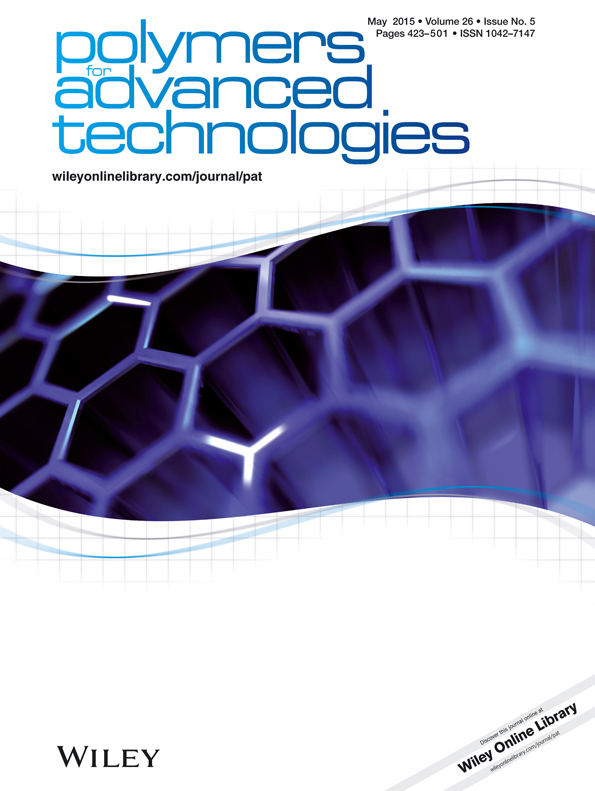Surface imprinted polymers for oil denitrification with the combination of computational simulation and multi-template molecular imprinting
Abstract
Multi-template molecular imprinting technique was employed for the theoretical study about industrial oil denitrification. Prior to the preparation of multi-template molecularly imprinted polymers (MT-MIPs), density functional theory was used for simulating the imprinted pre-assembly systems composed of template (aniline, indole, or 3-methylinndole) and monomer [methacrylic acid, acrylamide (AM), and 4-vinylpyridine]. MT-MIPs were synthesized as surface MIPs simply and successively by seeded emulsion polymerization or two-stage precipitation polymerization. The experimental results were consistent with the simulative results, which demonstrated that AM was more suitable monomer together. In addition, seeded emulsion polymerization synthesized MT-MIPs with better performance compared with two-stage precipitation polymerization. The adsorption kinetics and adsorption isotherm of MT-MIP prepared with AM using seeded emulsion polymerization were fitted with different models. The fitting results indicated that pseudo-second-order kinetics model and Freundlich isotherm model were suitable for describing the adsorption process of AM seeded emulsion polymerization. This study will provide a certain guidance and theoretical basis for introducing the combination of multi-template molecular imprinting technique and computational simulation into the field of industrial denitrification. Copyright © 2015 John Wiley & Sons, Ltd.




